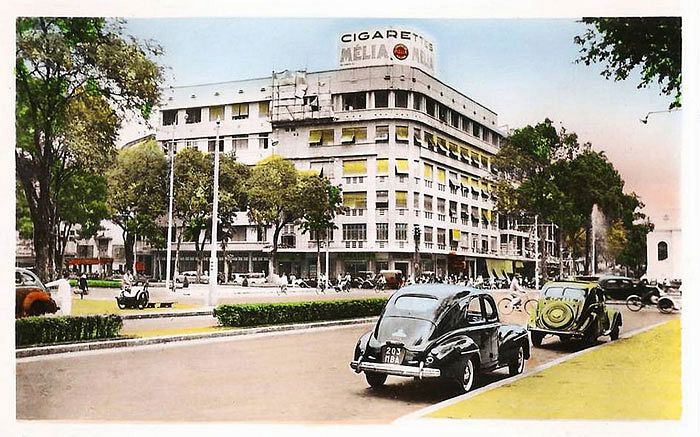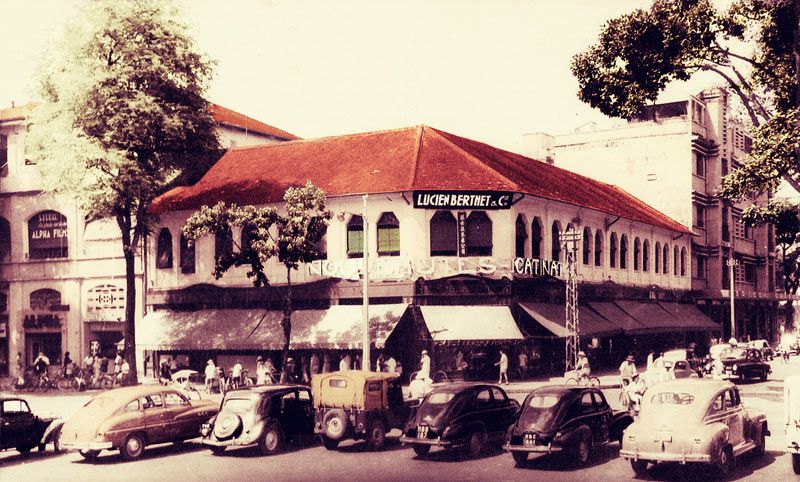The new Binh Loi railway bridge, built 12 meters away from the old one, has been open for public use since September last year.
After the opening of the new bridge, the old bridge was set to be dismantled, a decision that was met with criticism from urban planning experts and heritage researchers. However, a day before the new bridge went into operation, the Ministry of Transport agreed with the Ho Chi Minh City People’s Committee on preserving a part of the bridge located in Thu Duc district.
According to Zing, on January 14, the HCMC Department of Transportation proposed to the city People’s Committee that the preserved part of the bridge be overseen by either the city’s conservation center or the HCMC Museum.
The news source also mentions that the rest of the bridge will be dismantled starting this month, a process that will finish within 60 days.
The contract for the construction of the old Binh Loi Railway Bridge was first signed back on July 30, 1898 to connect Saigon to Bien Hoa. However, it was later revised to be turned into a railway bridge, as approved by Governor-General Paul Doumer on November 7, 1899.
Construction of the railway bridge was completed in 1902 by the Société de construction de Levallois-Perret, which had been formerly called the Compagnie des Établissements Eiffel and was associated with Gustave Effiel, the French engineer credited for the creation of the Eiffel Tower.
However, Effiel left Compagnie des Établissements Eiffel in 1893 due to the company's capital reduction and controversial over-exploitation of economic bridge patents, and the company changed its name to Société de construction de Levallois-Perret with Maurice Kochlin as the managing director.
It was also under this new company name that the former Compagnie des Établissements Eiffel changed its economic focus to the colonial empire, taking over the agency in Saigon and profiting off Madagascar, Dakar and the West Indies. It was in this context that the Binh Loi bridge was built, among a plethora of other projects in France and its other colonies.
[Photo via Zing and Flickr user manhhai]














